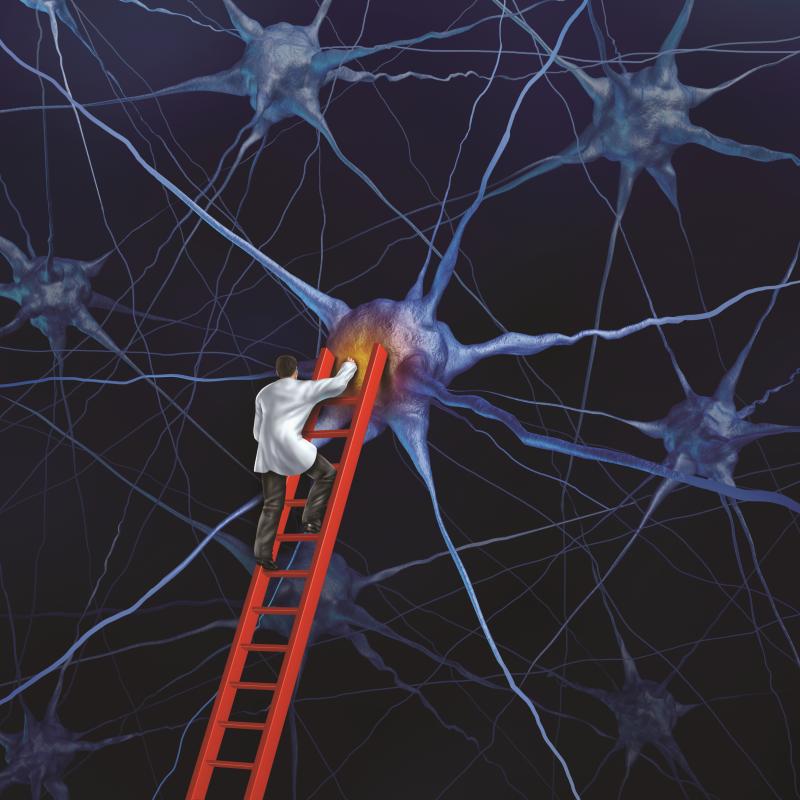
Extended treatment with transcranial direct current stimulation (tDCS) applied over dorsolateral prefrontal cortex (DLPFC) induces large reductions in pain in fibromyalgia patients, as shown in a study.
Twenty women (average age, 49 years) with fibromyalgia were randomized to undergo 60 sessions of home-based anodal tDCS (n=10) or sham tDCS (n=10). During active treatment, 2-mA current was applied for 30 minutes for 5 consecutive days for 12 weeks. Treatment was self-administered with a specially developed device following in-person training.
Baseline characteristics were balanced between the treatment groups. In the guessing treatment assessment, 19 patients (95.1 percent) believed receiving brain tDCS and one patient (5 percent) believed to have received sham stimulation.
The cumulative incidence of burning, tingling, itchiness, and redness in the active and sham treatment groups were 25 percent and 17 percent, respectively (p=0.165). On the other hand, the cumulative incidence of a headache, neck pain, mood swings, and concentration difficulties were 7 percent and 16 percent, respectively (p=0.046). All side effects were classified as mild.
After the first 20 sessions, active tDCS reduced cumulative pain scores by 45.65 percent relative to sham treatment (mean, 7.25 vs 3.94). After 60 sessions, pain scores further decreased by 62.06 percent in the active group (from 7.25 to 2.75) and by only 24.92 percent in the sham group (from 7.10 to 5.33).
Anodal tDCS also reduced the likelihood of requiring analgesics by 55 percent. Higher serum levels of the brain-derived neurotrophic factor predicted higher decreases on the pain scores across treatment.
The findings support the feasibility of home-based tDCS in the treatment of women with fibromyalgia, researchers said. They pointed out that brain-derived neurotrophic factor to index neuroplasticity may be a valuable predictor of the tDCS effect on pain scores decreases across treatment.